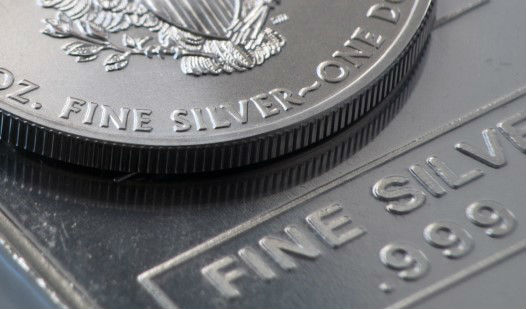Using Forex to Trade Gold and Other Commodities
In many of our articles, we have discussed the benefit of trading gold online. But you can also trade other commodities in addition to spot gold—including spot silver and spot oil—using online gold-trading platforms.
The benefits of trading spot silver and spot oil are similar to the benefits if trading spot gold.
Given today’s economic and financial environment, commodities such as silver and oil may be good investments. Silver is a precious metal, as gold is, and tends to hold its value in much the same way gold does. As for oil, energy prices have been volatile and likely will remain so for some time.
Startup costs are low for trading spot silver and spot oil just as they are for trading spot gold: You don’t need much money to open an account at most online forex trading platforms.
The use of leverage increases your buying and selling power and lets you participate in a market that may otherwise be cost-prohibitive. In fact, leverage is what makes online trading an excellent opportunity for beginning gold traders, as well as beginning oil and silver traders, who may not have large cash balances.
You can trade from any location virtually around the clock, making it easy to fit trading around your existing schedule. Trading spot oil and spot silver is much like trading forex or spot gold in this regard: They trade in an over-the-counter (OTC) market. The market is available 24 hours a day, from Sunday at 6:00 p.m. Eastern time to Friday at 5:00 p.m. Eastern time.
Most online forex trading platforms have many tools to help you get started, evaluate trading opportunities, and analyze your results, so it is as easy to learn online silver and oil trading as it is to learn online gold trading.
How can you trade spot oil and spot silver? Doing so works much the same way as trading spot gold: You find an online forex trading platform, available through many web sites; sign up; then start trading. You simply take a long or short position in silver or oil while simultaneously taking the opposite position in the U.S. dollar, much as you would when trading forex pairs.



